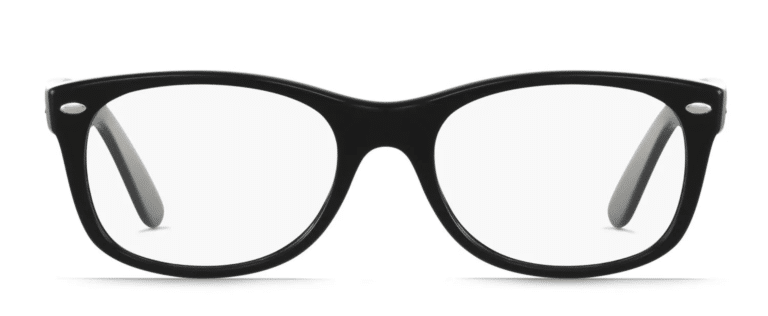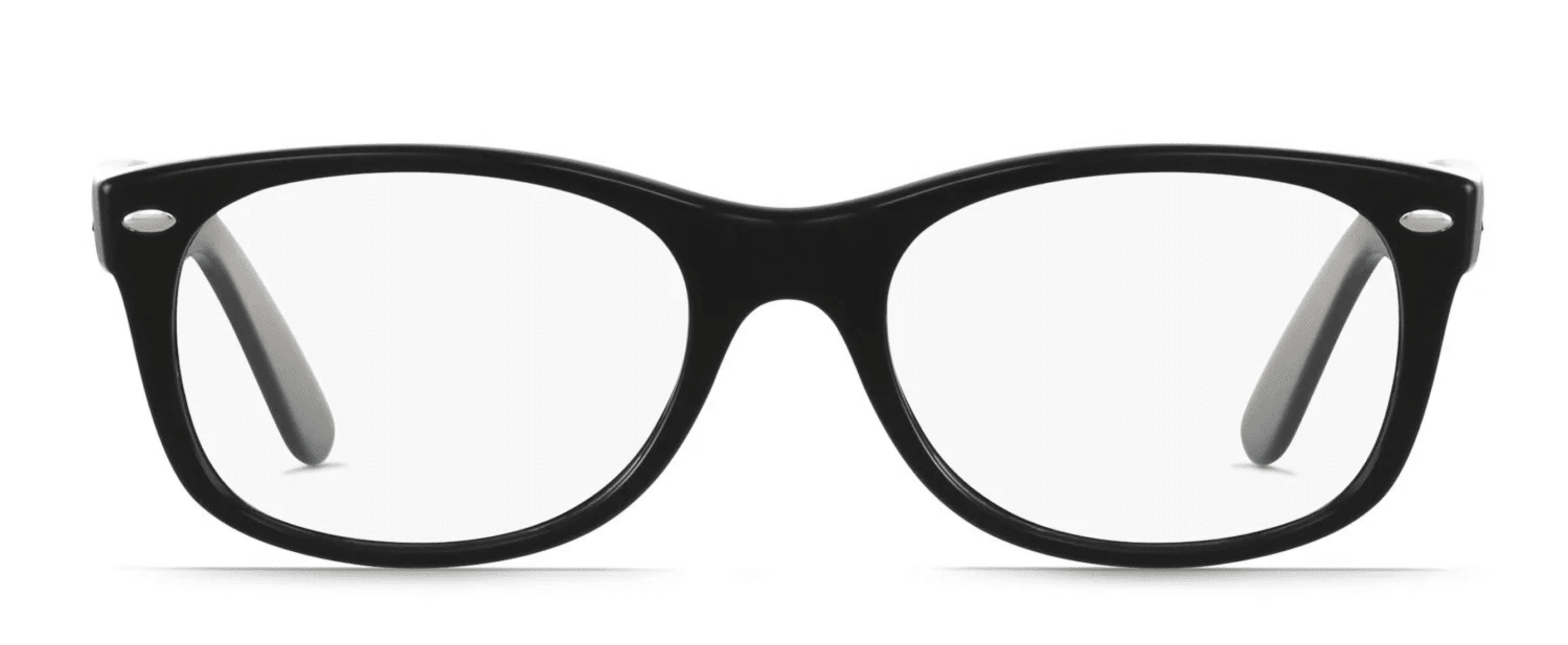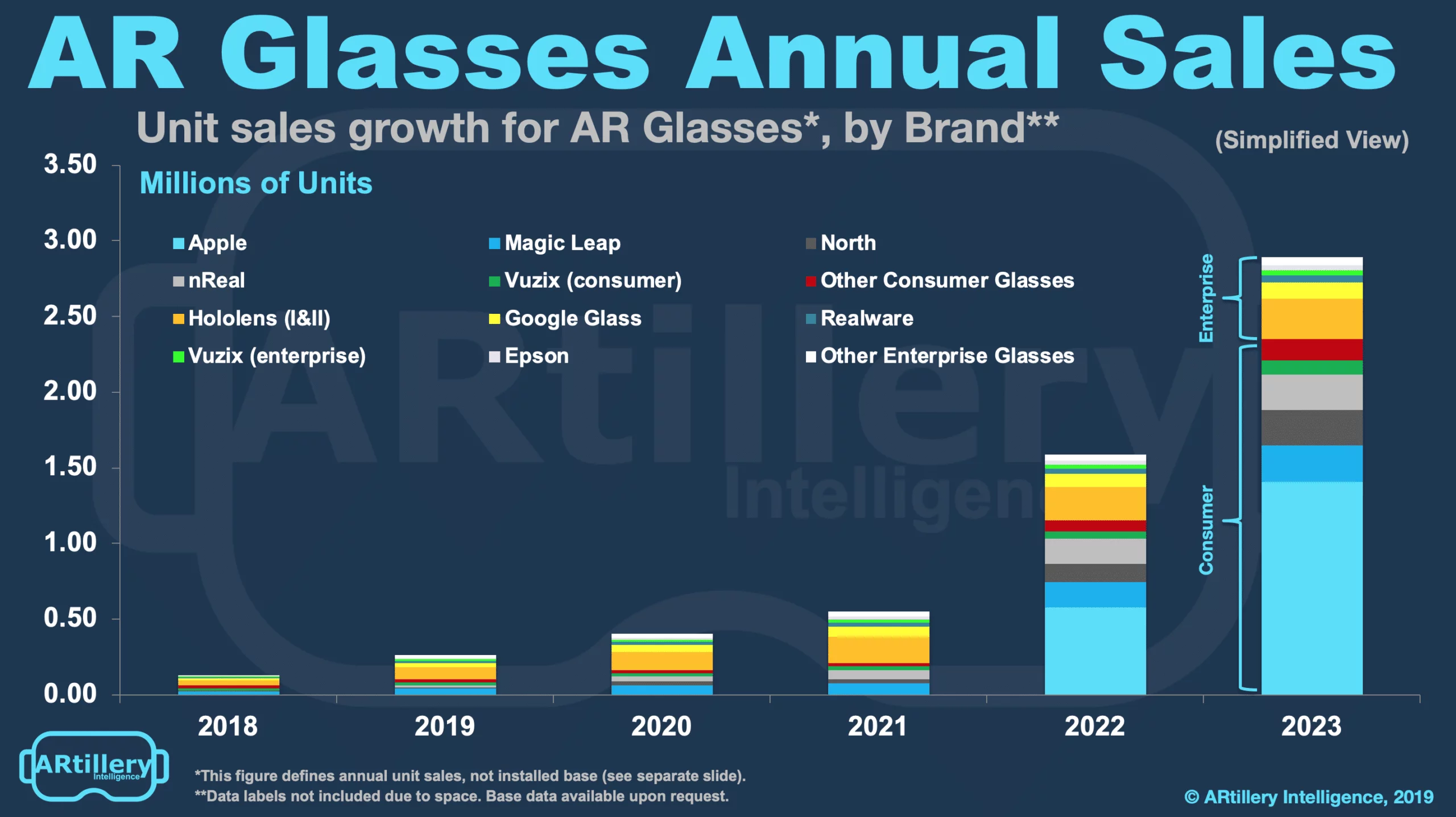
Signals continue to blip for Apple’s AR glasses plans. The answer won’t be in one place: it’s like solving a mystery with far-flung clues. Perpetually attempting to connect those dots, we’ve been obsessing over Charlie Fink’s prediction at AWE that it could be an entertainment device.
“I’ve been known to flirt with Mac rumors so I’ll throw one out there for you: I keep thinking it’s going to be like the iPod iterated itself into the iPhone. What if it’s not really AR the way we’re thinking about it… maybe it’s a media consumption machine… it’s like you just bought the most high-definition big-screen TV in the world even though you might live in a 600 square foot apartment. So I think it’s very possible that this is where Apple is going and they will iterate their way out of it as 5G improves.”
This would depart from what we’ve all envisioned, and the common connotation with AR, but it starts to make sense for a few reasons. One, there’s still no killer app for AR — something Apple hoped to jumpstart with ARkit — which will inhibit consumers’ motivation to buy AR glasses.
But it would make sense to acclimate the world to AR through the training wheels of a familiar use case… watching TV & movies. Apple is also motivated to create more addressable viewing time for iTunes. TV+ and other digital content as it diversifies revenue in the face of falling iPhone sales.

New Clues
Beyond these existing signals and motivating factors, a new clue emerged last week. Apple has filed for a patent for glasses that have lenses with variable opacity. Similar to some prescription glasses, they dynamically shift opacity and shade level based on factors like ambient light.
According to the patent, they “selectively darken portions of the real-world light from view.” This involves tiny mirrors that direct ultraviolet light to individual pixels to dim or block light and “allow improved contrast when displaying computer-generated content over the real-world objects.”
The reason this would align with an entertainment wearable is that opacity would make glasses optimized for high contrast entertainment like watching a movie. This sidesteps AR’s inherent challenge that optical combiners can’t show the color black, and other colors are washed out.
At the same time, entertainment won’t be a silver bullet, so opacity ranges can mean variable use cases that include utilities. Low opacity ranges could be optimal for a heads up notification layer for iOS content (messages, email and opt-in alerts) as we’ve speculated for V1 Apple glasses.
As a practical example, picture being at the airport with low opacity for AR notifications like flight info and messaging. But when you board the flight and reach 30,000 feet, you can zone out and watch a movie at high opacity ranges, all without fumbling with several screens and tray tables.

Strategic Imperative
This multimodal approach could be compelling from a UX perspective, and allow Apple to acclimate consumers to AR glasses through convenience, utility and familiar activities. Once everyone’s comfortable with the hardware, it could flip the switch for world-immersive (SLAM) AR.
Invoking Apple’s financial motivations once again and “following the money,” AR glasses will help it to continue boosting wearables as a strategic imperative. The $5.5 billion that wearables made Apple in Q3 more than offset the $3.5 year over year decline in iPhone sales.
So wearables are the rising star in Cupertino — the same position where the iPhone once sat relative to the Mac. This makes Apple intent on AR glasses and a wearables suite. The above path could be a way to practically appeal to today’s consumer, while boosting digital content sales.
This is all qualified by the caveat that it’s speculative, and doesn’t address variables like field of view and heat. But clues align conceptually for a potential outcome. Chances are, Apple’s eventual play will be something none of us speculated but could have shards of disparate predictions.
For deeper XR data and intelligence, join ARtillery PRO and subscribe to the free AR Insider Weekly newsletter.
Disclosure: AR Insider has no financial stake in the companies mentioned in this post, nor received payment for its production. Disclosure and ethics policy can be seen here.
Header image credit: Ray Ban
